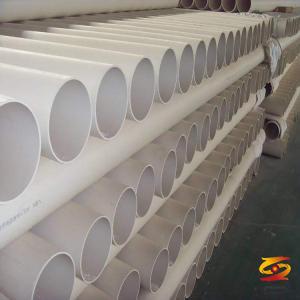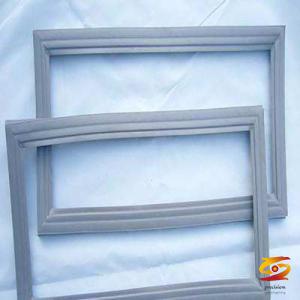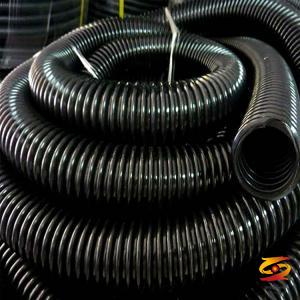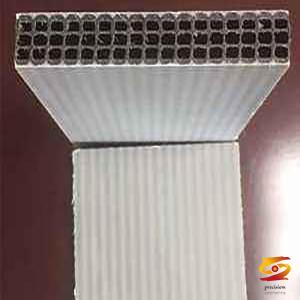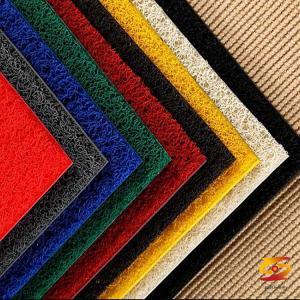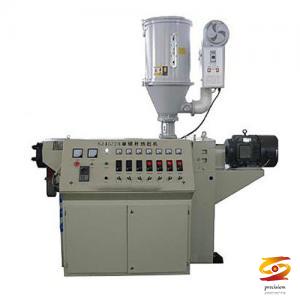Recognize masks, wear masks scientifically
Recognize masks, wear masks scientificallyThe spread of the new coronavirus worldwide. As of March 10, the latest WHO global epidemic report showed that there were 109 cases of new coronavirus infection in 109 countries and regions around the world.
On March 11, the World Health Organization officially announced at a press conference that the new coronavirus pneumonia is listed as a global pandemic.
The WHO's daily epidemic report shows that as of 10:00 a.m. Central European time (17:00 a.m. Beijing time), the number of confirmed cases of new coronary pneumonia outside China increased by 4,596 from the previous day to 37,371; deaths outside China were earlier An increase of 258 cases a day, reaching 1130 cases.
According to the current prevention and control situation, experts urge everyone to reduce their travels and wear masks when going out.
1 know the mask
Respirator is a kind of sanitary product, generally refers to a device that is worn on the nose and mouth to filter the air entering the nose and mouth in order to block harmful gases, odors, and droplets from entering and exiting the wearer's mouth and nose. Masks have a certain filtering effect on the air entering the lungs. When respiratory infectious diseases are prevalent and when working in a polluted environment such as dust, wearing a mask has a very good effect.
The first mask in the world was China. In ancient times, people in the palace began to cover their noses and noses with silk scarves in order to prevent dust and breath pollution. In the middle and late 20th century, the large-scale use of masks was obviously frequent.
In 2003, a SARS almost made the masks out of stock for a time. There was a long line in front of the major pharmacies, and people scrambled to buy masks.
In 2009, after the "avian flu" in 2004, the "type A H1N1 flu" made the army of masks once again appear in front of the world's major news media.
The emergence of the PM2.5 air hazard concept in 2013 triggered public attention to air pollution issues, making masks and other protective equipment very popular during smog.
Types of masks:
Masks are divided into medical masks and non-medical masks, here we focus on medical masks. Masks on the market are generally divided into two types, rectangular and cup-shaped. A rectangular mask must have a structure of at least three layers of paper in order to have a protective effect.
It is recommended for public use to prevent pneumonia caused by new coronavirus. It is used daily by people in medical institutions who are not exposed to pathogens of infectious diseases.
Medical surgical mask
It is recommended to be worn by suspected patients, bus drivers, taxi drivers, sanitation workers, and service personnel in public places.
Particulate protective mask
It is recommended to be worn by suspected patients, and the public can wear it in places with a high concentration of personnel.
Medical protective mask
It is recommended to be used in outpatient clinics, medical staff in isolation wards, and patients diagnosed with pneumonia with new coronavirus infection. When resources are scarce, daily use by ordinary citizens is not recommended, and it can be reserved for frontline medical staff.
Materials:
2-layer mask: non-woven fabric, nose bridge, ear hook.
3-layer mask: non-woven fabric, nose bridge, earhook, filter paper.
Activated carbon masks: non-woven fabric, nose bridge, ear hooks, filter paper, activated carbon filter paper.
How to wear a mask:
Take disposable medical masks and medical surgical masks as examples:
(1) The side of the nose clip is facing up, and the dark side is facing outward (if the color cannot be distinguished, the fold is facing down)
(2) Pull up and down the folds and let the mask cover the mouth, nose and jaw;
(3) Use your fingertips along the metal bridge of the nose bridge, from the middle to both sides, and slowly press inwards until it is close to the nose bridge;
(4) Adjust the mask appropriately so that the periphery of the mask fully fits the face.
Let the child wear a rectangular surgical mask because it has no fixed shape, and if it is tied well, it can be close to the child's face.
Mask duration and treatment method:
The disposable medical mask can be used for about four hours. Activated carbon masks can generally be used for 2 days, n95 masks can be used for a week. Healthy people wear masks for more than 4 hours, they will be wet or dirty by secretions, and the protection performance will decline. After the mask is contaminated, it should be replaced immediately. The masks used by medical personnel should be safely detached and handled in a timely manner after leaving the risk area. Wash hands immediately after removing the mask.
(1) In medical institutions, the waste masks should be directly put into the medical waste garbage bags for collection and disposal as medical waste.
(2) For the daily use of ordinary people's masks, in accordance with the requirements of domestic waste classification, they can be directly thrown into "other garbage" bins, and recycling and sorting are strictly prohibited.
(3) For those who have symptoms of fever, cough, sputum, sneezing, or those who have been in contact with such people, you can use sealed bags or plastic bags to seal the waste masks and throw them into the "other garbage" bin.
(4) For suspected patients and their nursing staff, the used masks should be collected and disposed of as infectious medical wastes during treatment or investigation.
If you wear a mask for a long time, the nasal mucosa will become fragile and lose the original physiological function of the nasal cavity, so you cannot wear a mask for a long time. Wearing a mask is only one of the ways to prevent respiratory infectious diseases. The most important thing is to maintain good living habits.
If you want to know more about it please do not hesitate to
contact me. WhatsApp:+86-15966835076.




